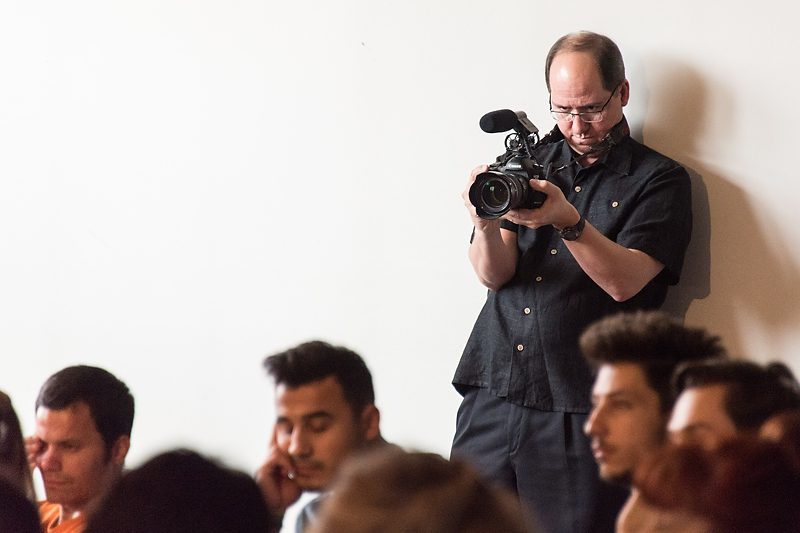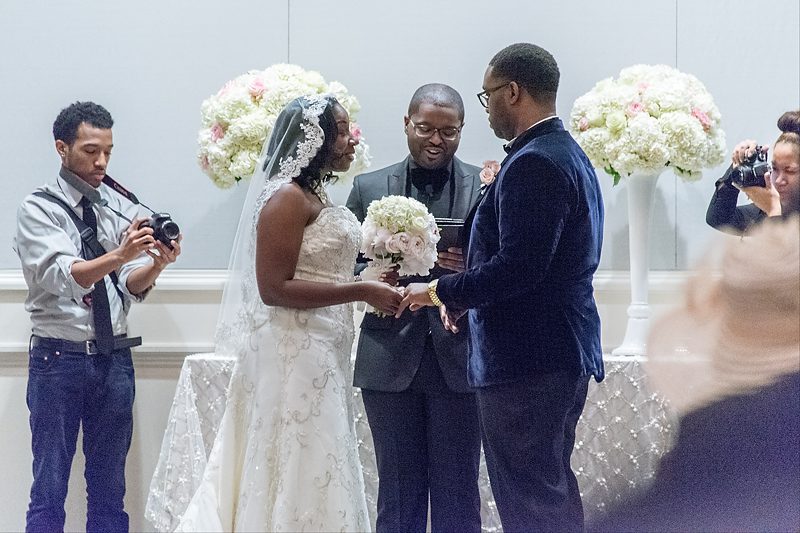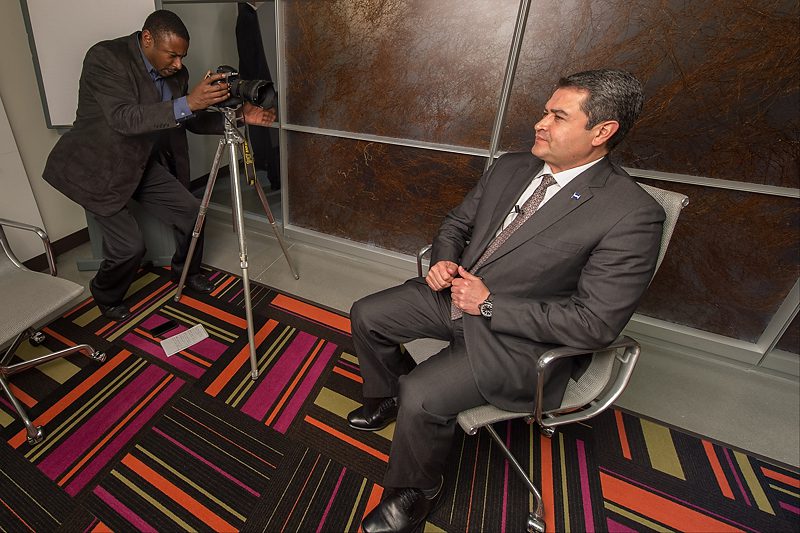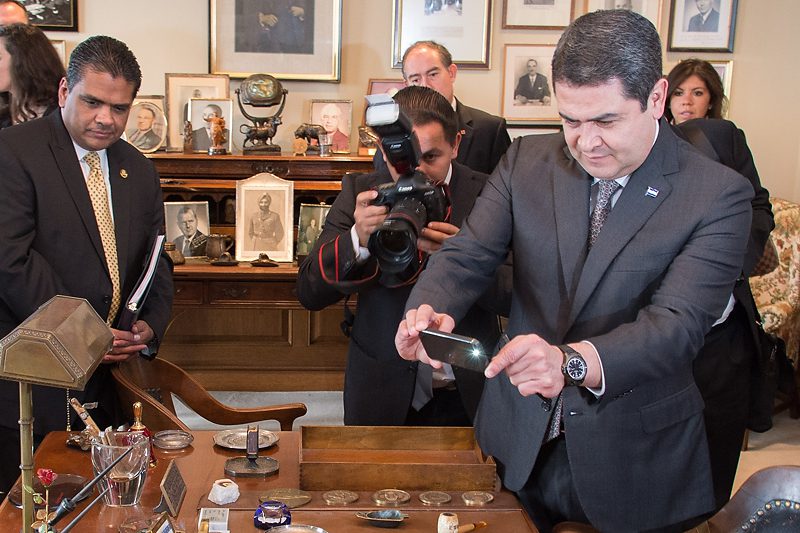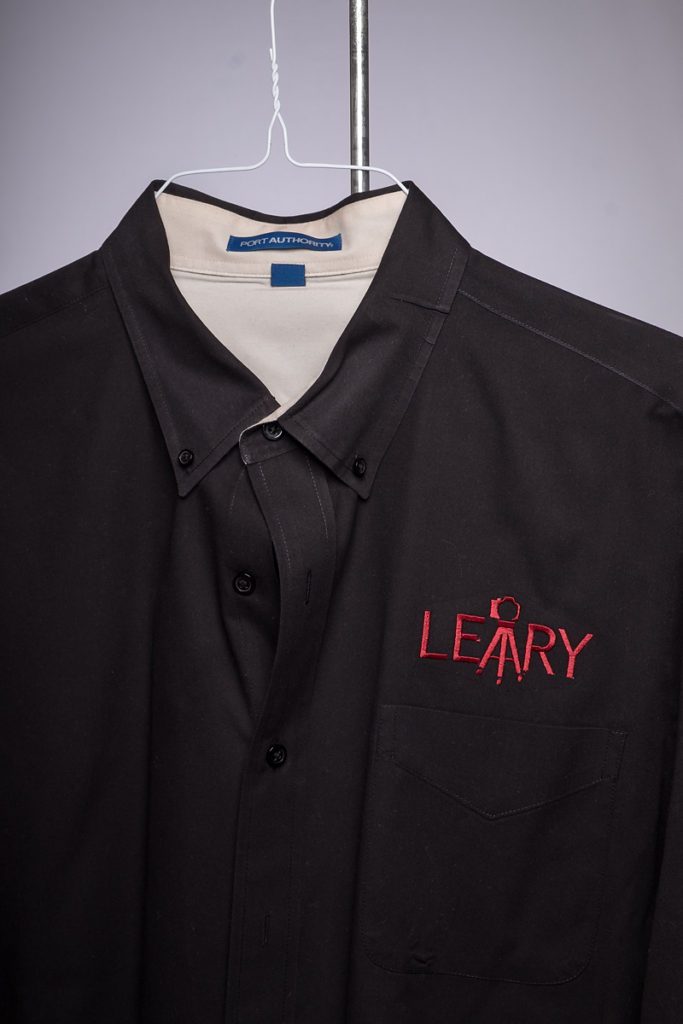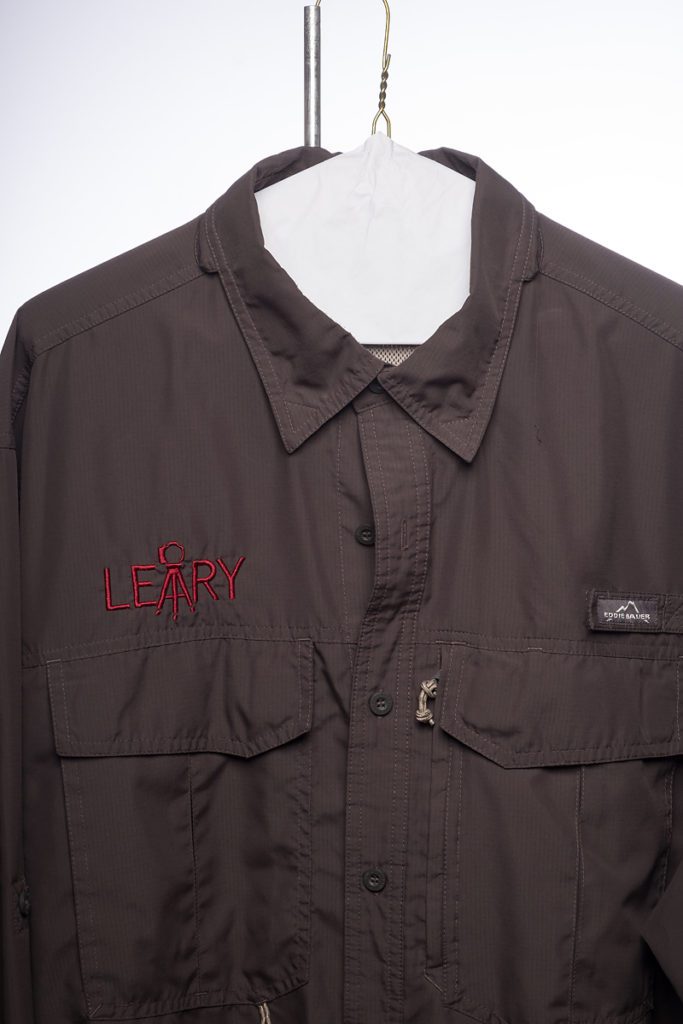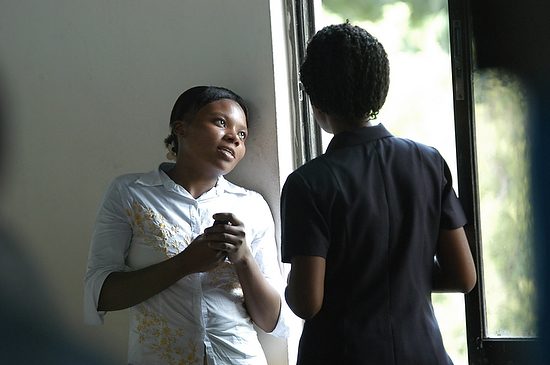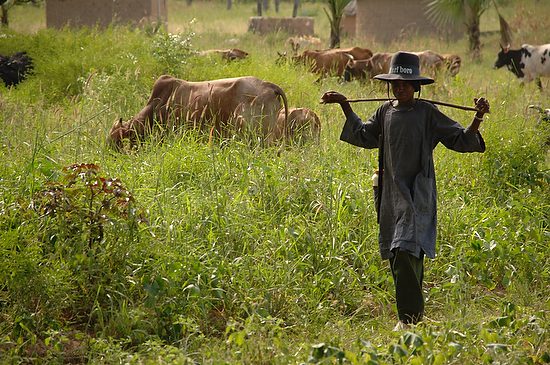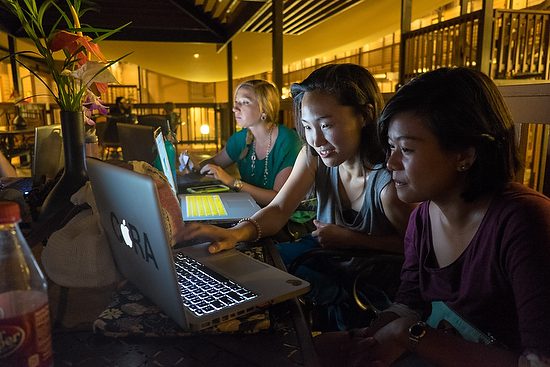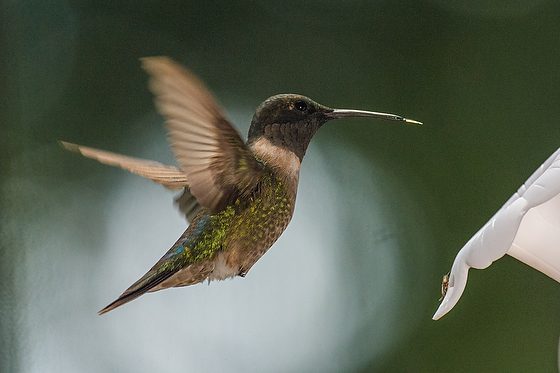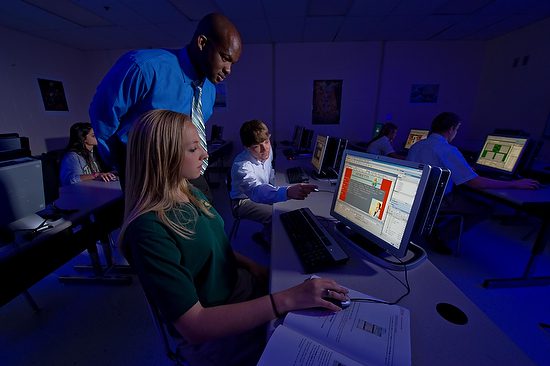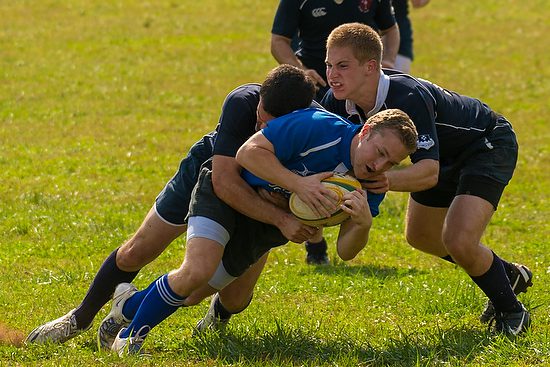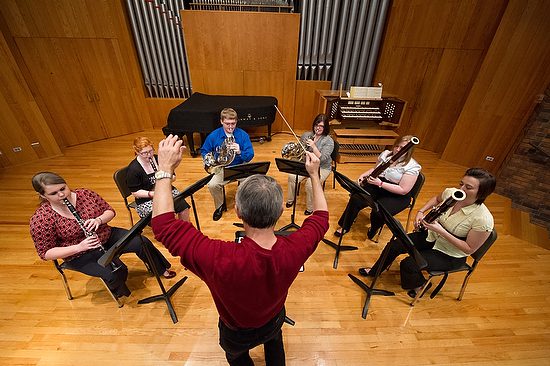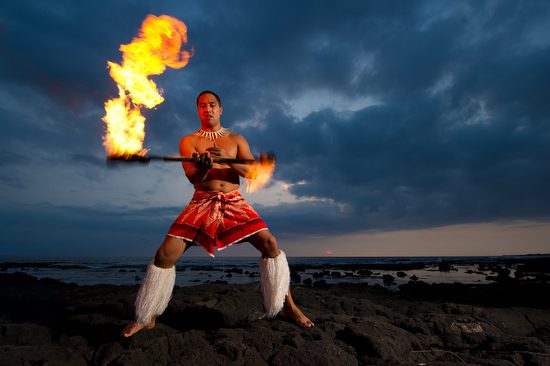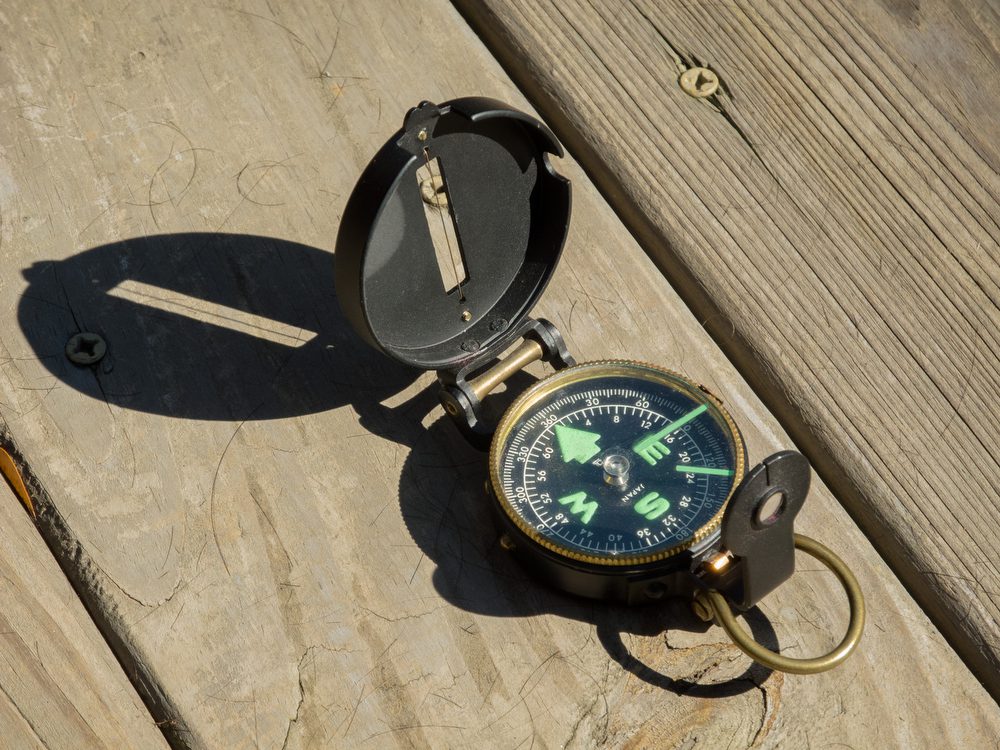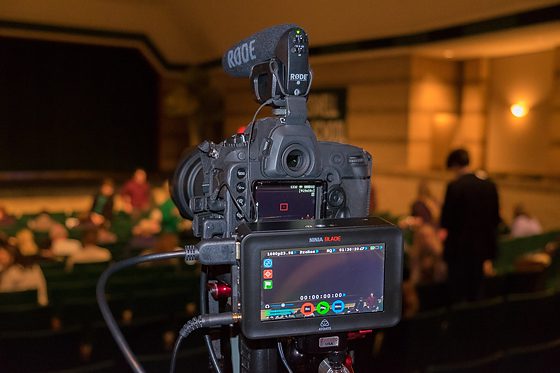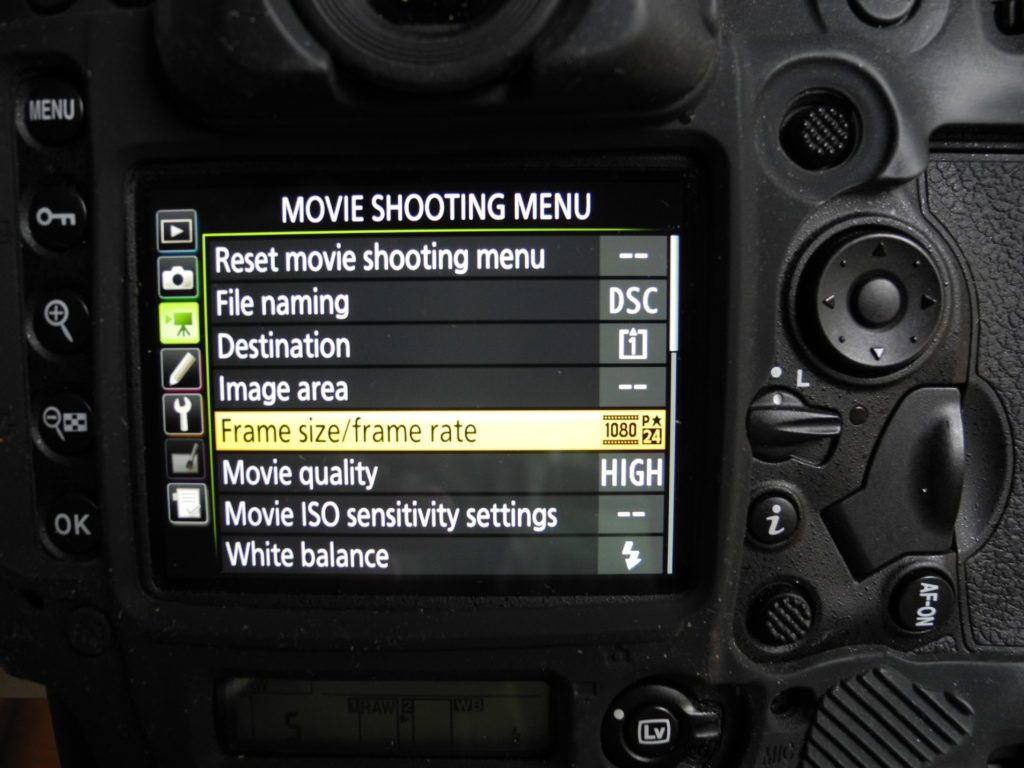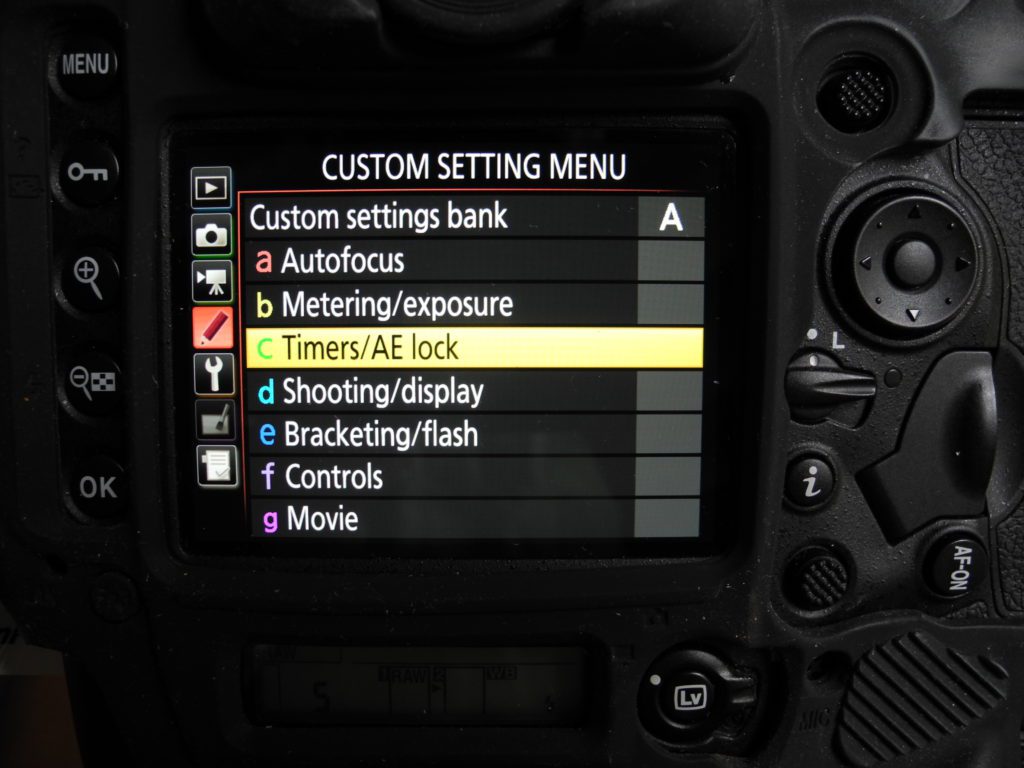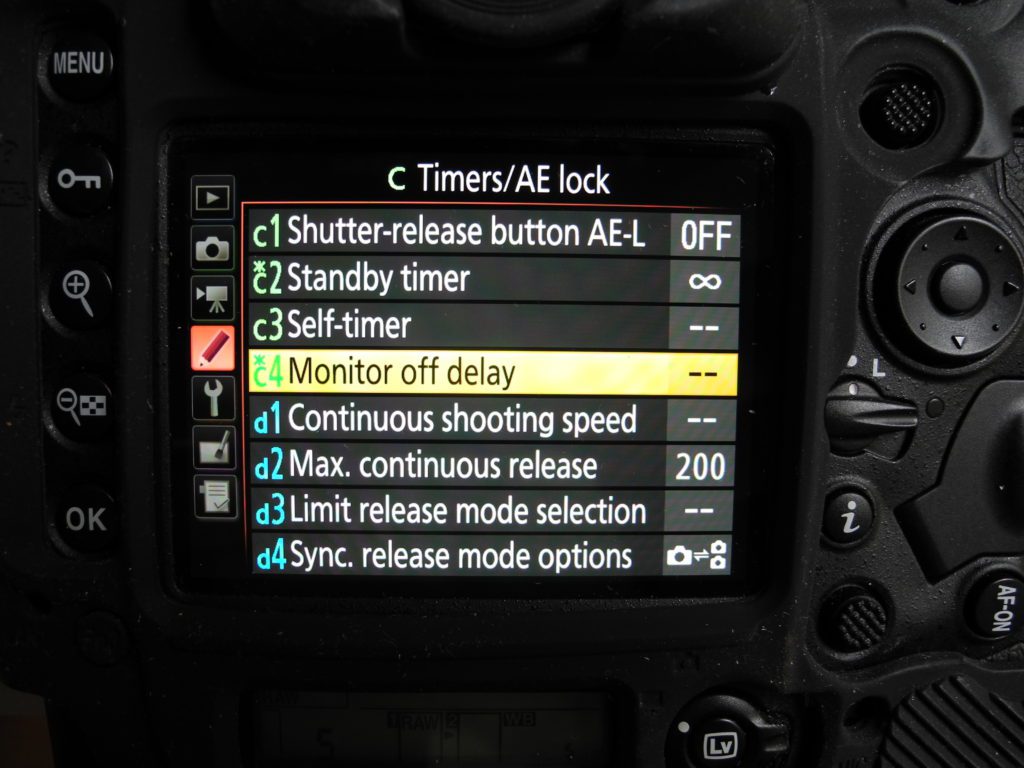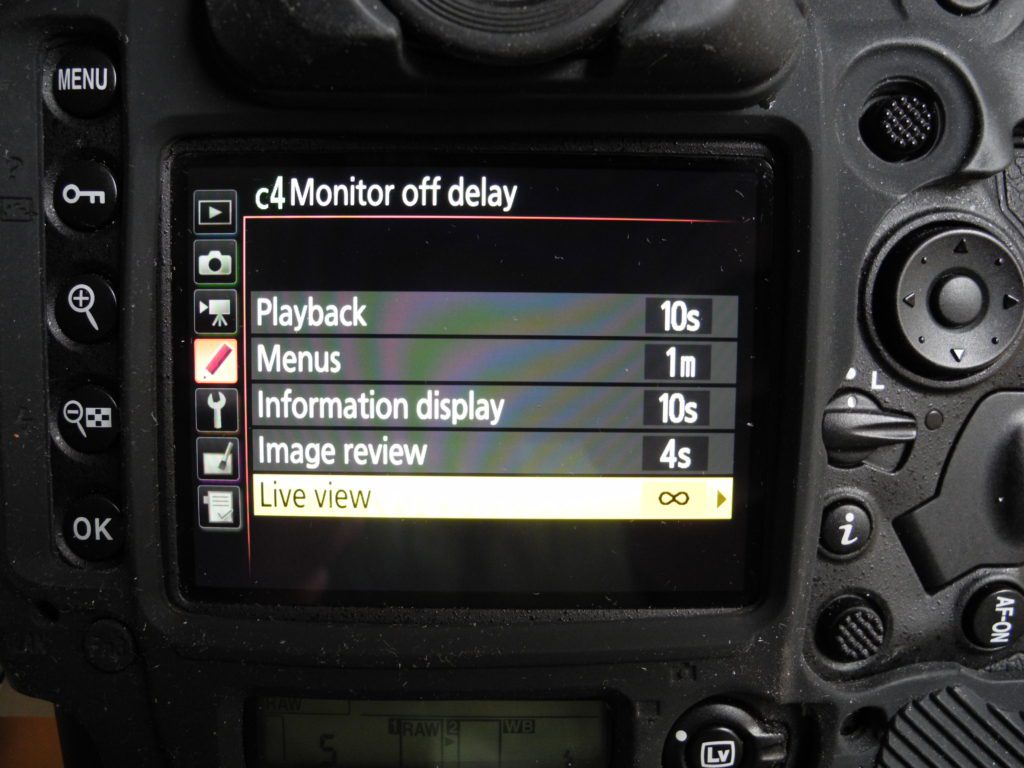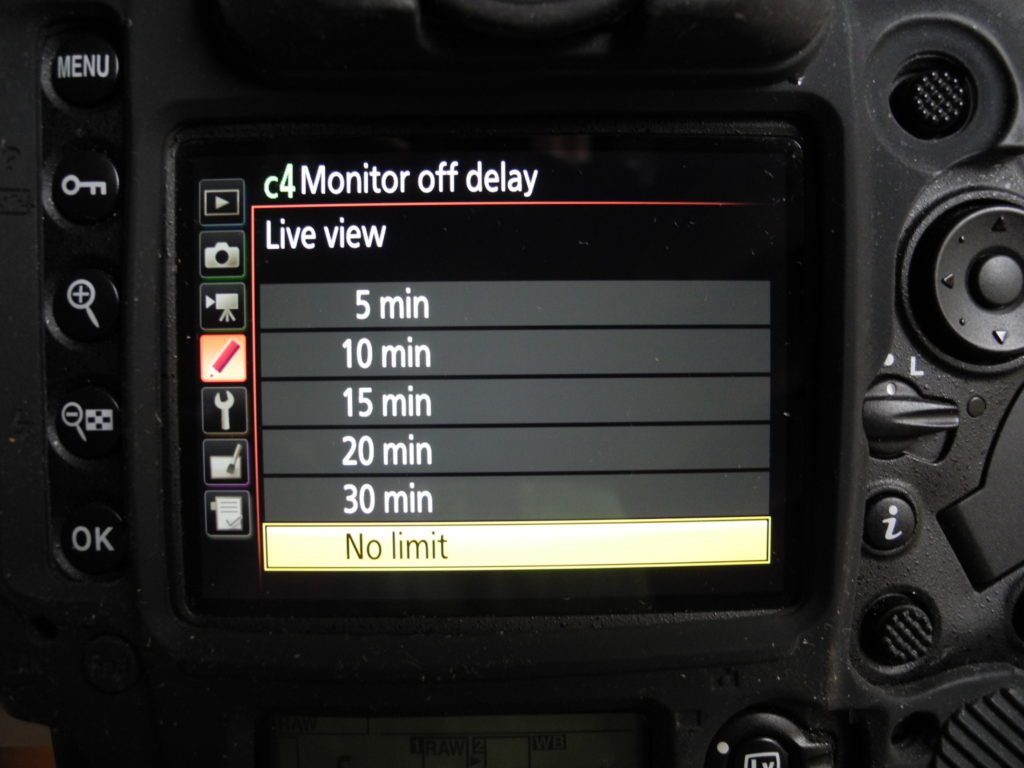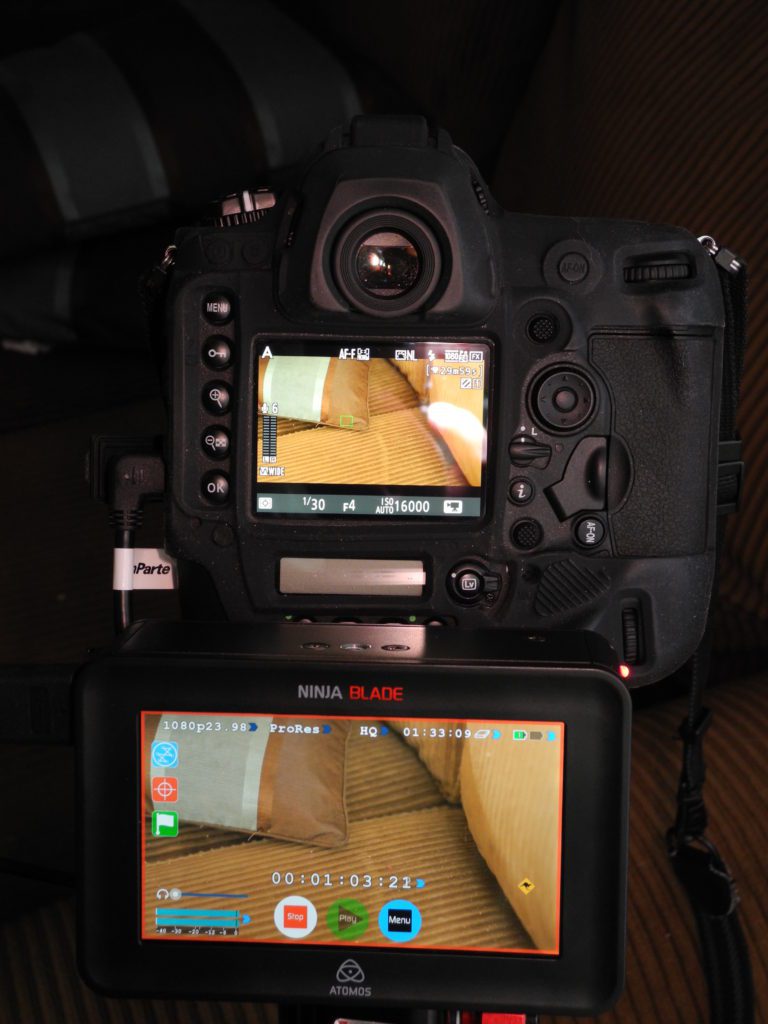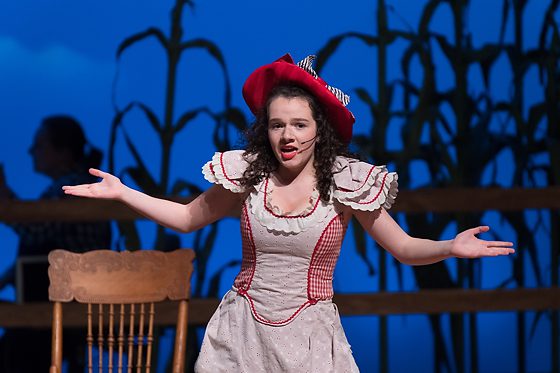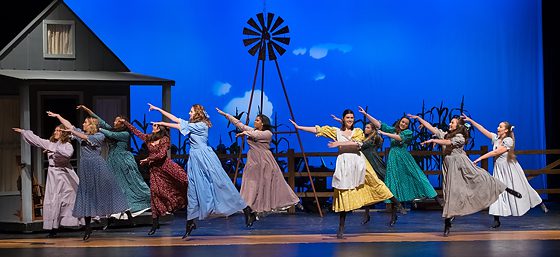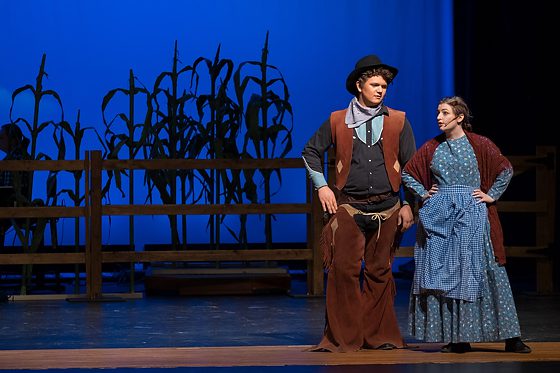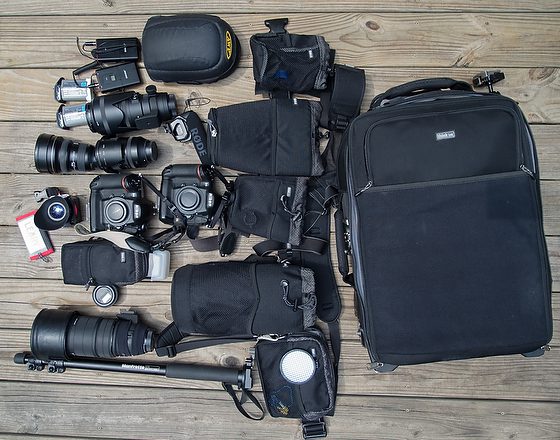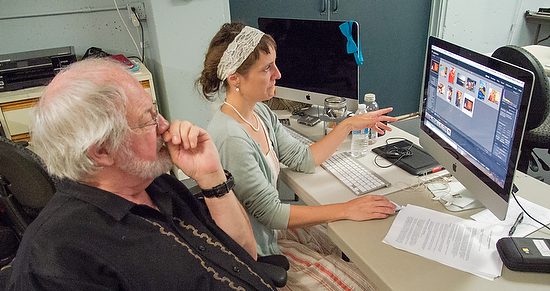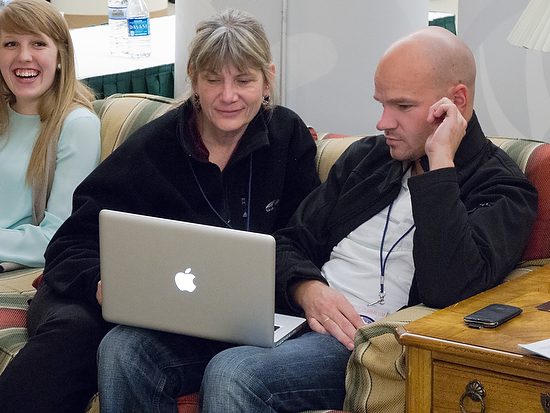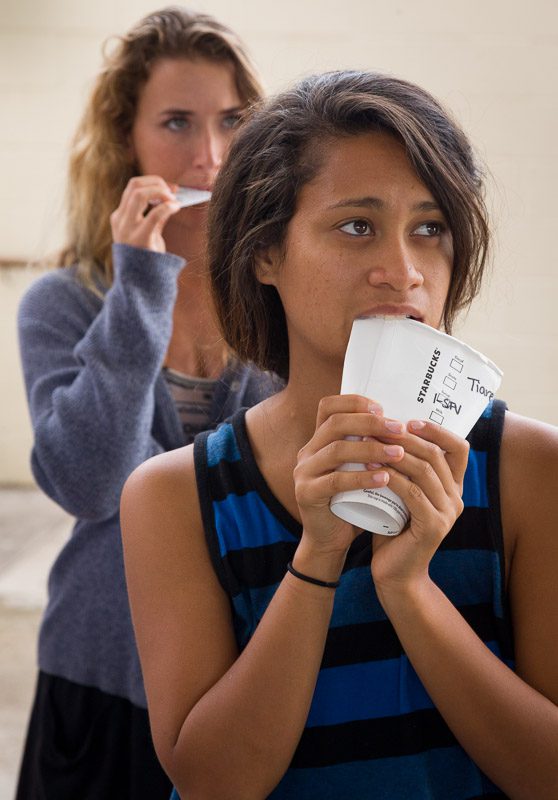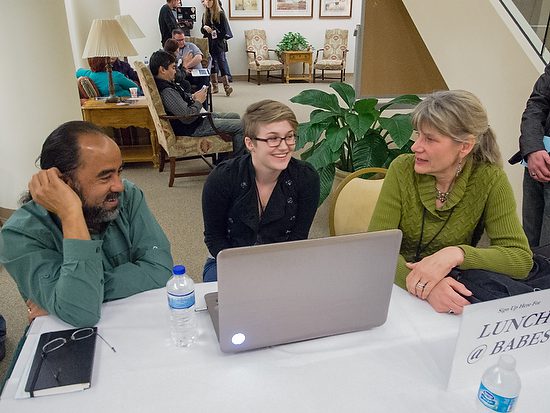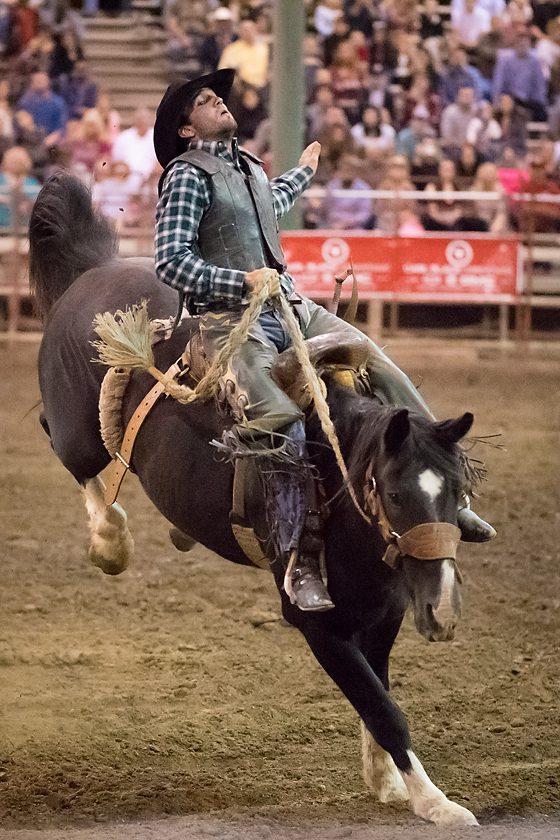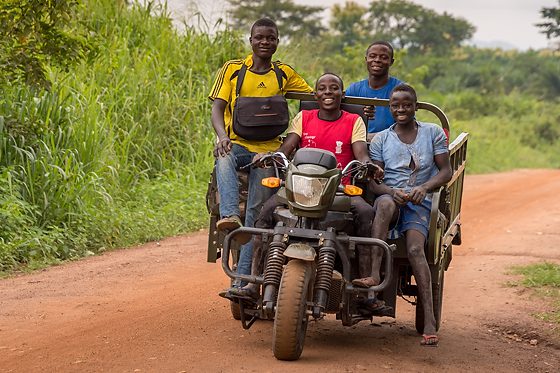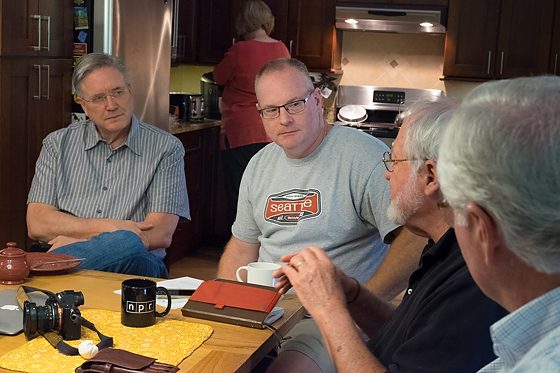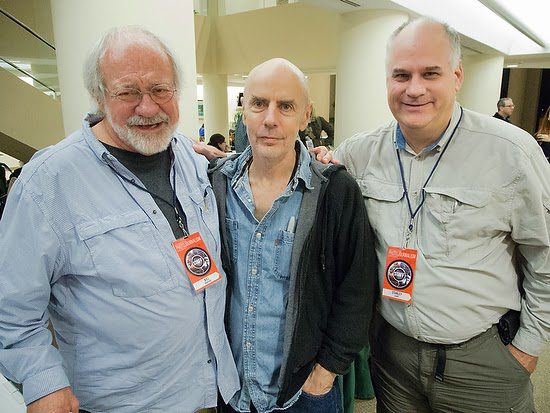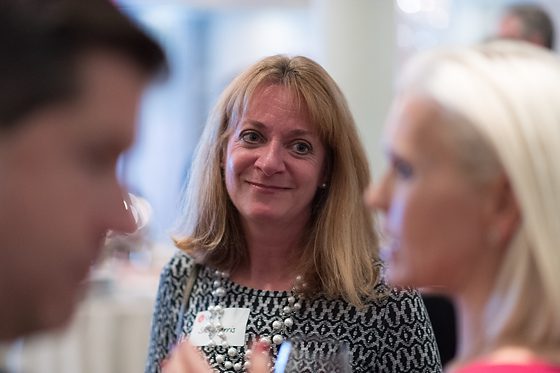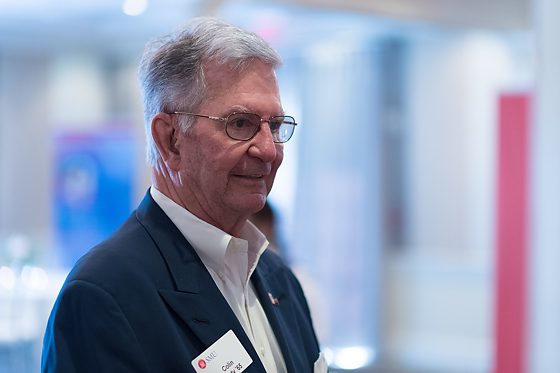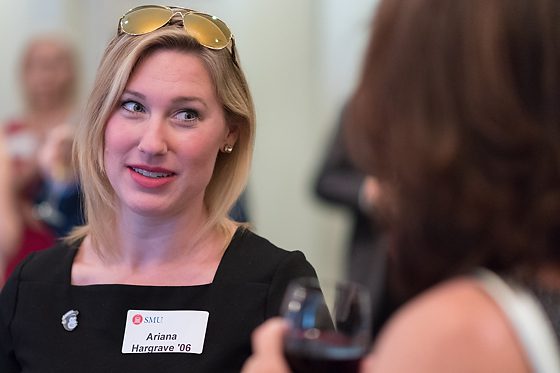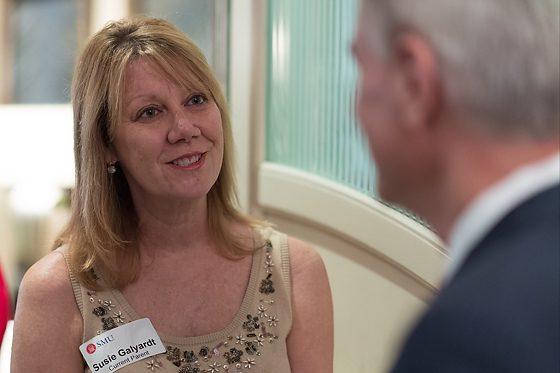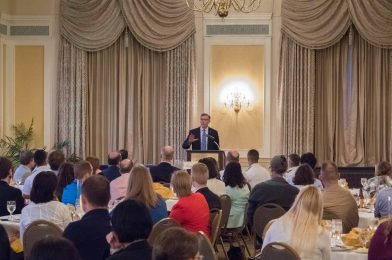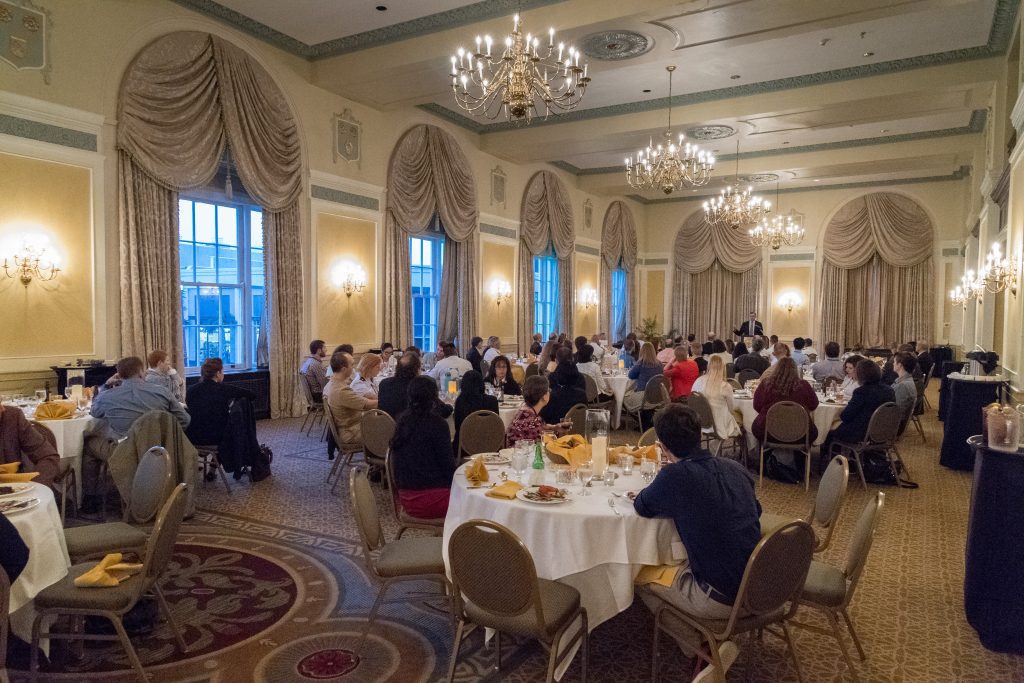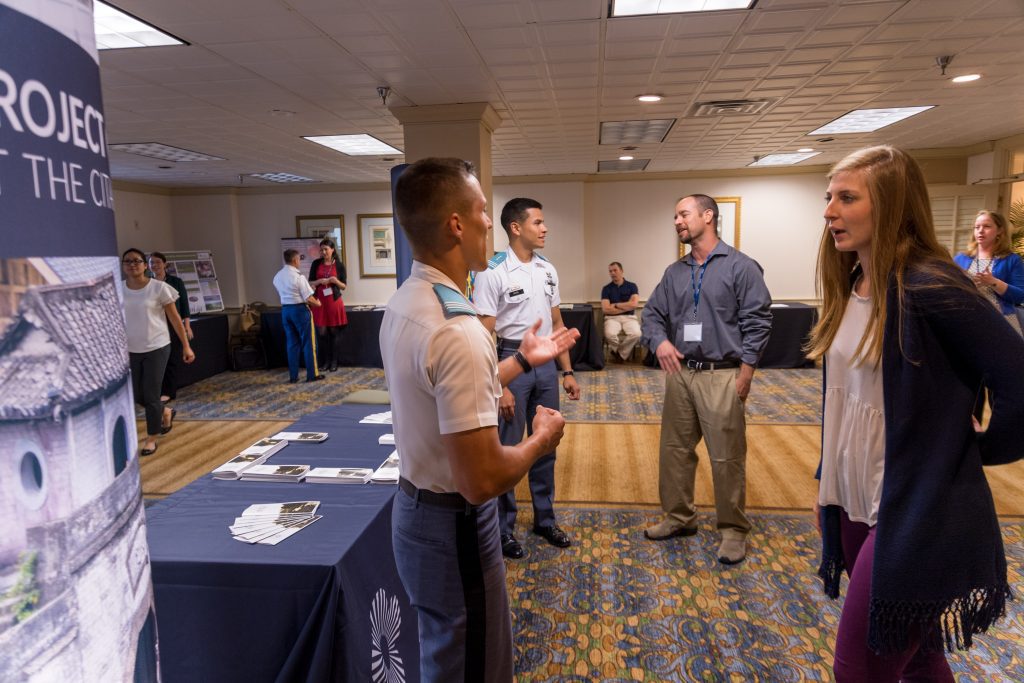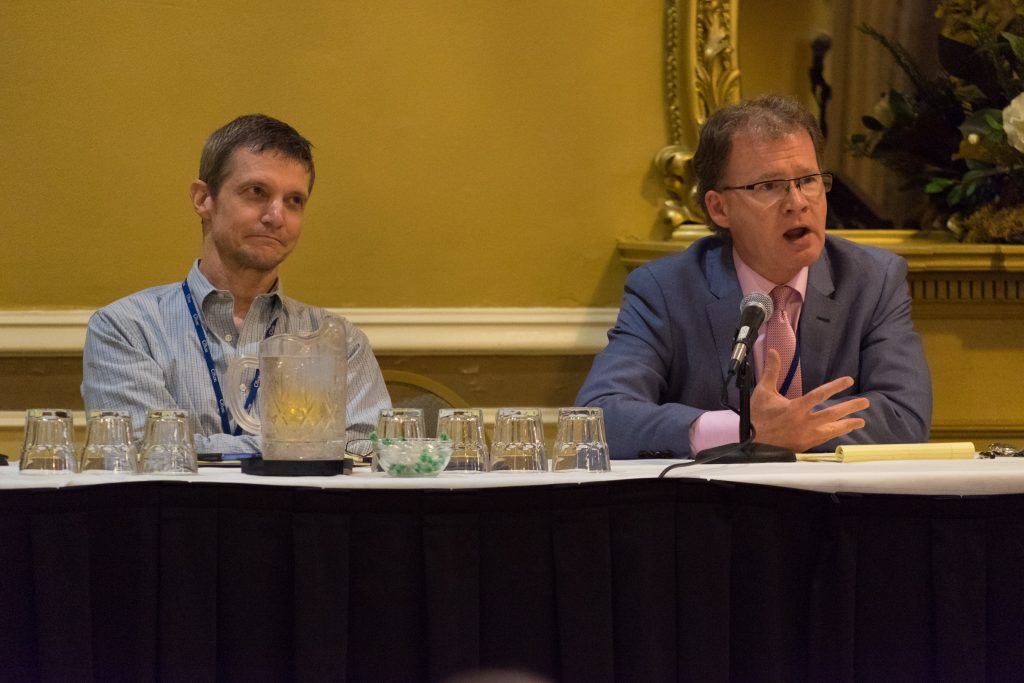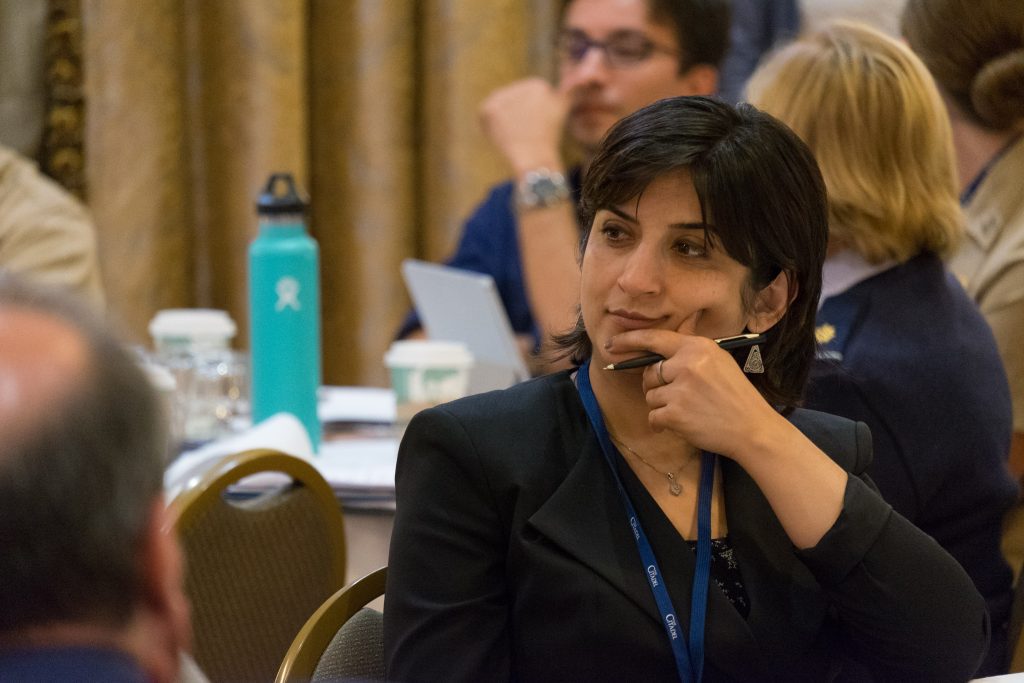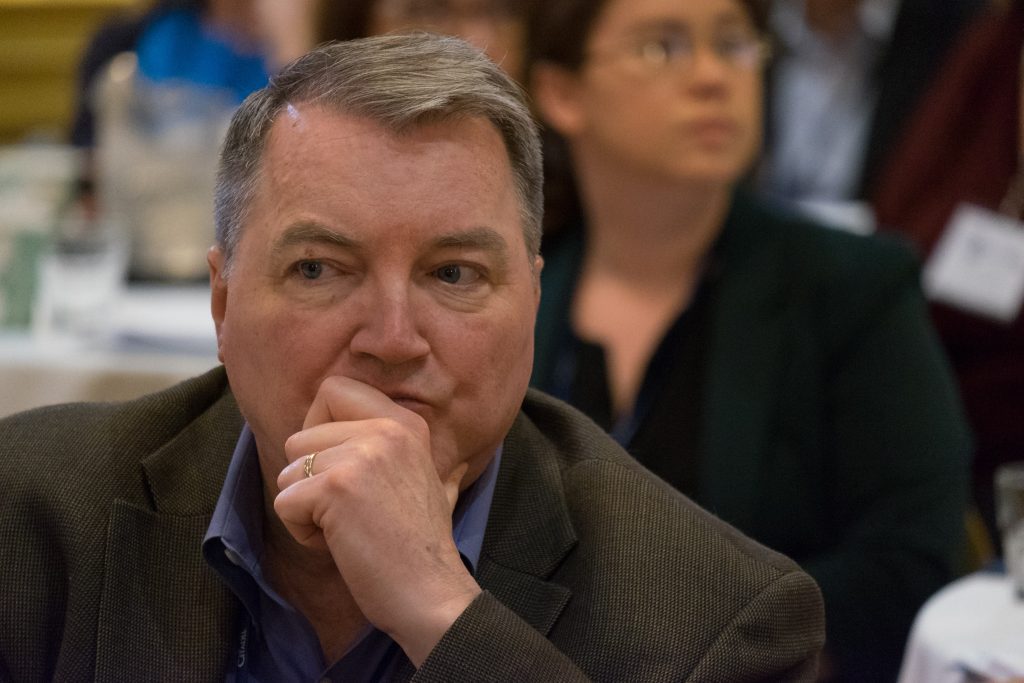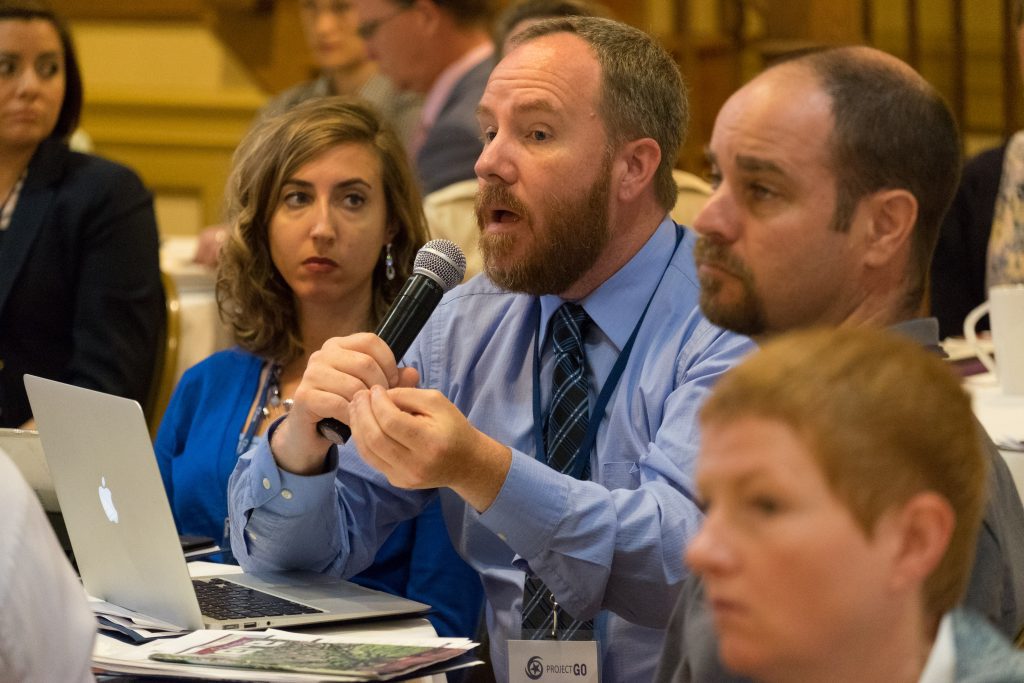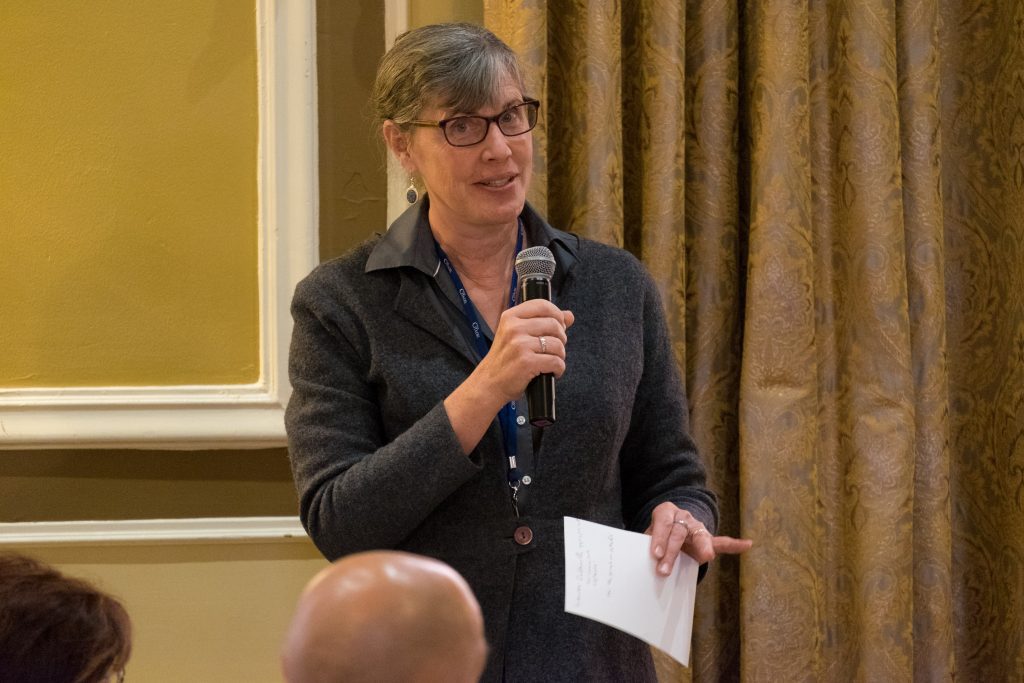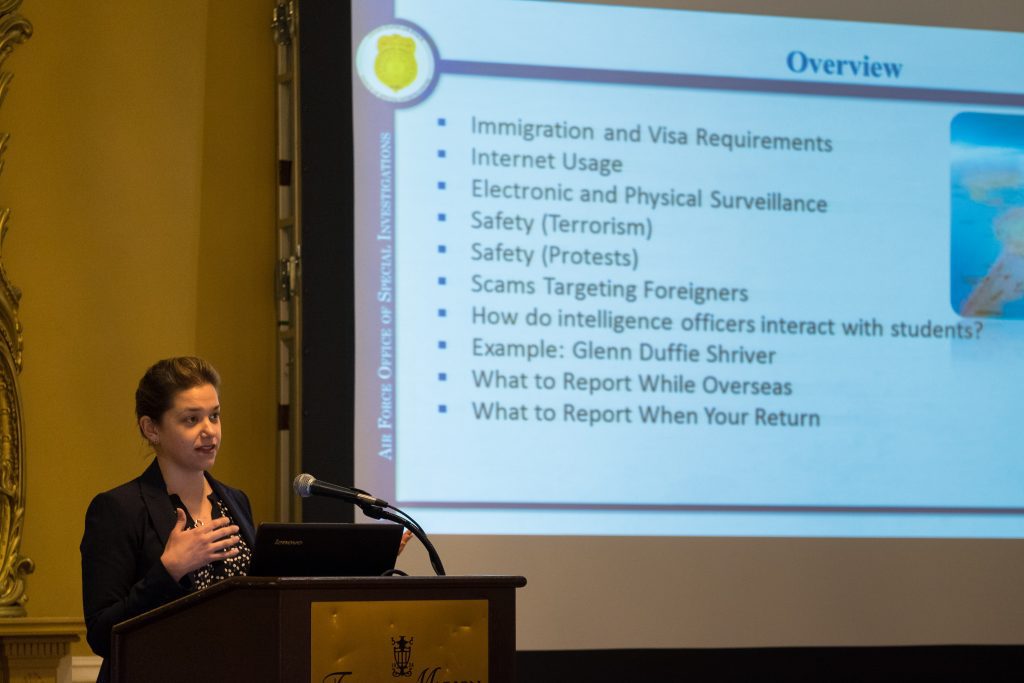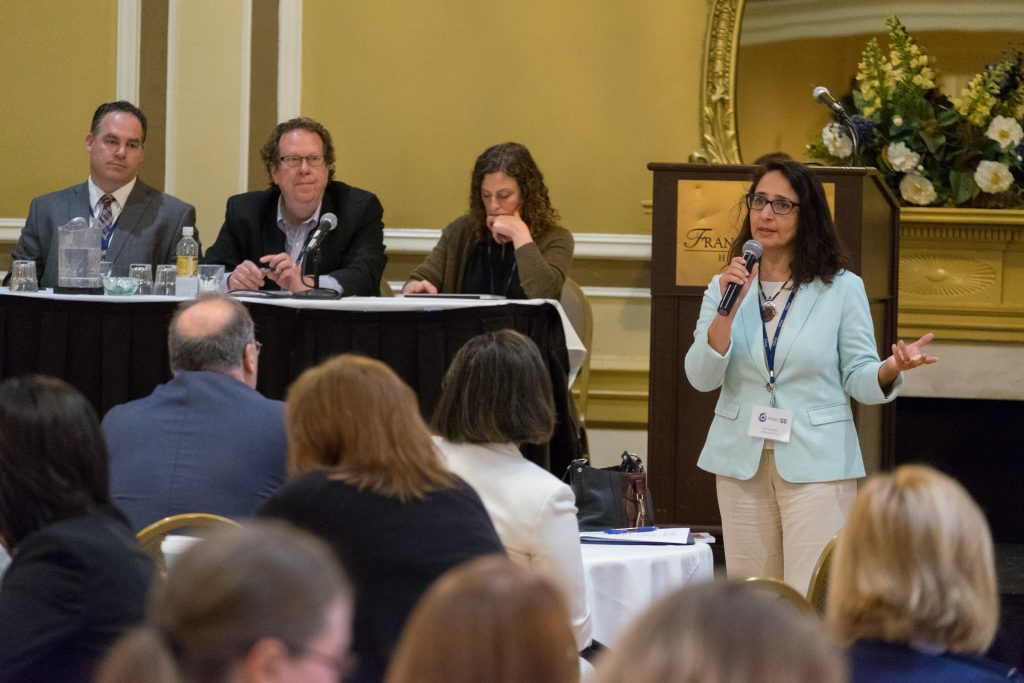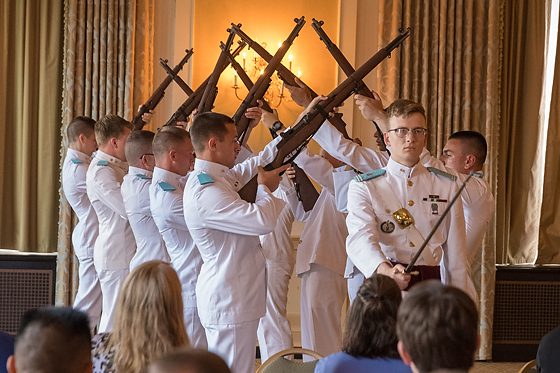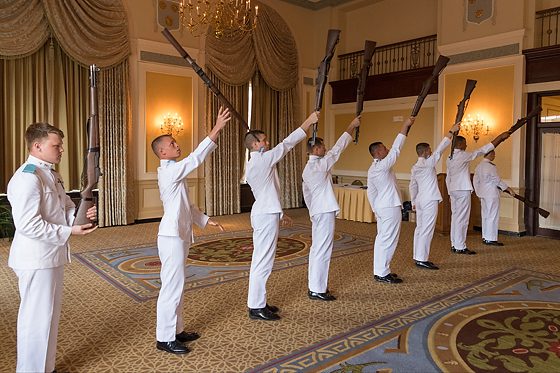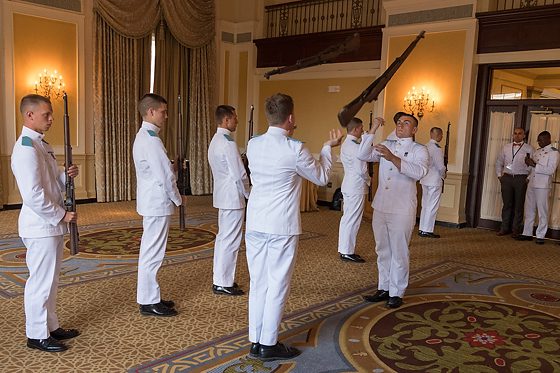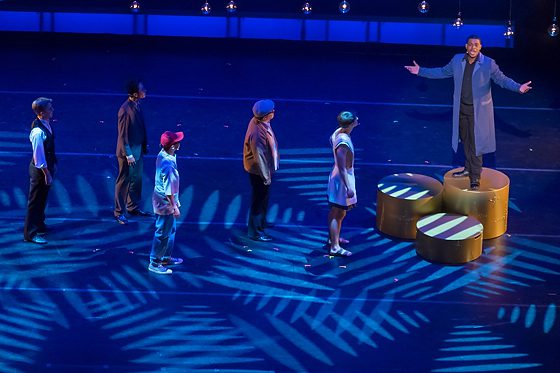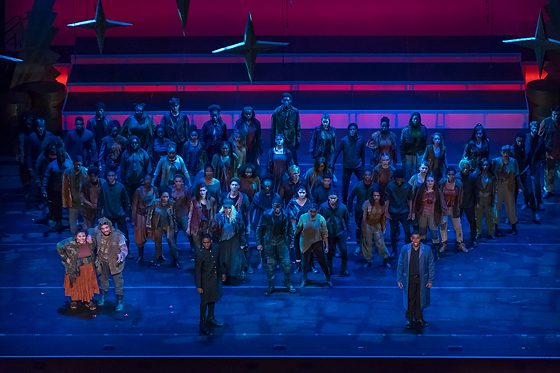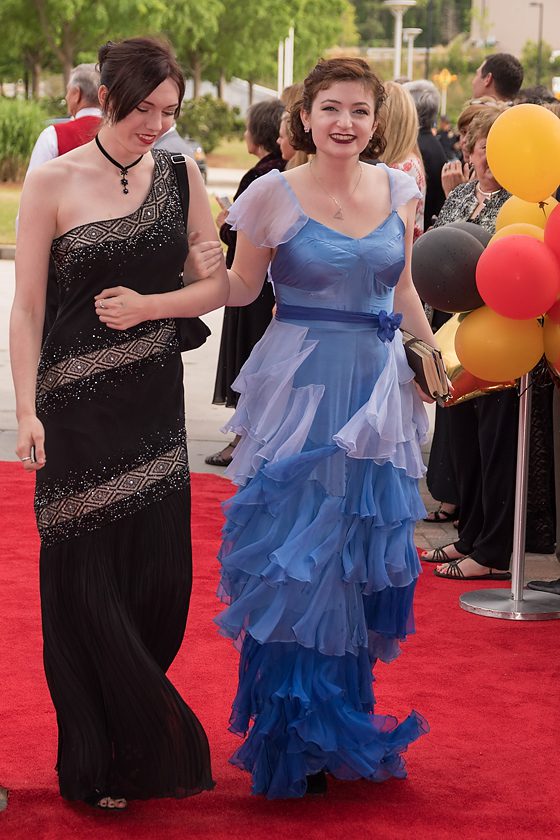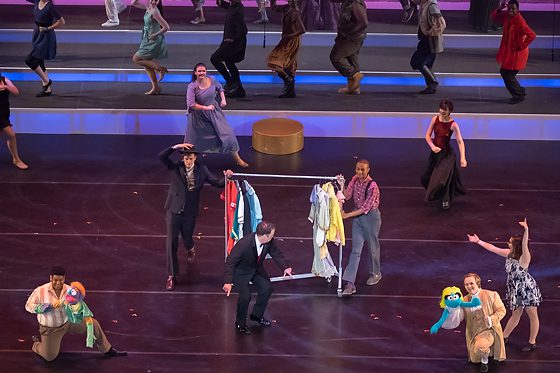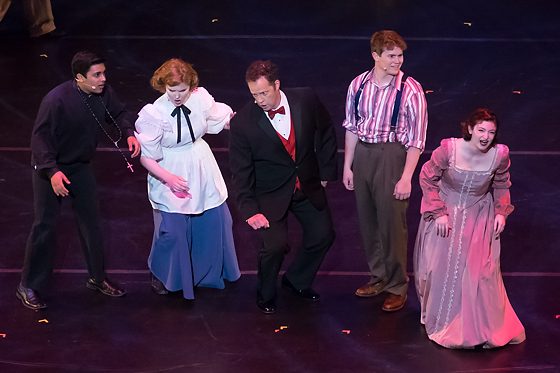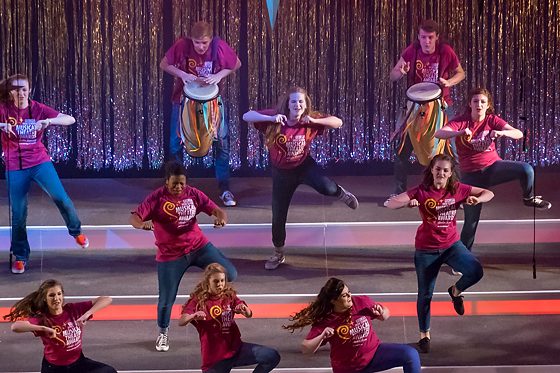Instilling Good Habits
There are two good reasons why it’s essential to instill the habit of making the bed every morning. First, it does feel good to know we’ve made our bed for the day. While it’s a small task to consider, it makes much difference in getting things done. Considering it’s the first thing that should be done in the morning, it can give a good sense of accomplishment. That’s the same feeling I want my kids to experience. If they experience it at a very young age, they can develop the habit of getting things done.
Cleanliness is the second reason why it’s essential to instill the habit of making the bed in the morning. The bedroom looks a lot cleaner. It boils down to the responsibility of taking care of yourself.
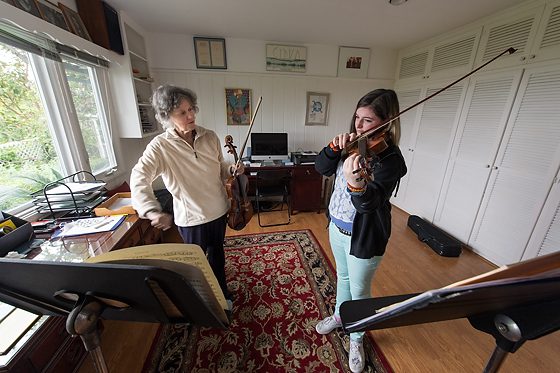
Work Habits
Be sure you are neat, tidy, and clean where you work. Make sure your desk or workstation is neat, clean, and pleasant. Clear perishable rubbish immediately and wash your mug at the end of the workday. The same attitude applies to the general office area and restrooms — use them considerately for others to enjoy.
Employees wait to be told what to do—entrepreneurs think strategically about what needs to be done and then do it. Employees do their job well—entrepreneurs are committed to the team doing healthily—so they mentor other employees, pitch in when needed, and go that extra mile if it means the work is going to be done better.
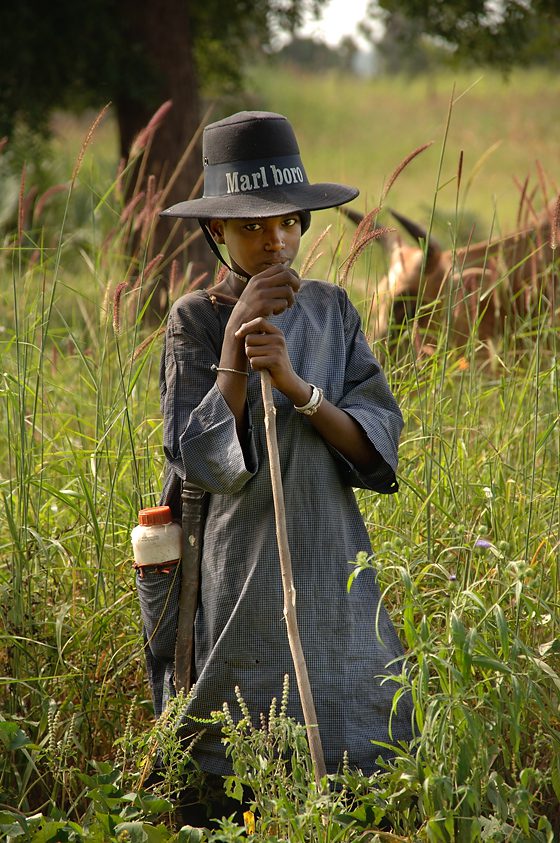
Work for yourself
Successful freelancers/entrepreneurs are those who are not just making their beds and leaving things neat and tidy for others, but they have personal projects every day. I call these passion projects.
A passion project is something you work on (often outside of your chosen career path) that gives you satisfaction and happiness and puts you in a flow state. It’s what you do to escape it all. It’s your contribution to the world.
Be sure that you Focus on Results, Not Just Activities. It isn’t about the to-dos you’ve knocked off your list—it is about the quantitative results of your work.
For me going and helping missionaries and NGOs around the world is my passion. I help them tell their stories better than they can alone. I come alongside people and capture their passion projects.
My focus on these projects isn’t about traveling and meeting people in different places. My passion is helping someone talk about their love for a people group and business in the world that they want to help improve.
When I am done, I want to hear that because of my work by capturing photos, videos, and audio of their work, their supporters are giving more, and their number is increasing. Sometimes I hear my work helped local indigenous people understand their job and are better connected locally.
Passion Project – My Blog
One of my passion projects is this blog, which grew out of my other passion for teaching.
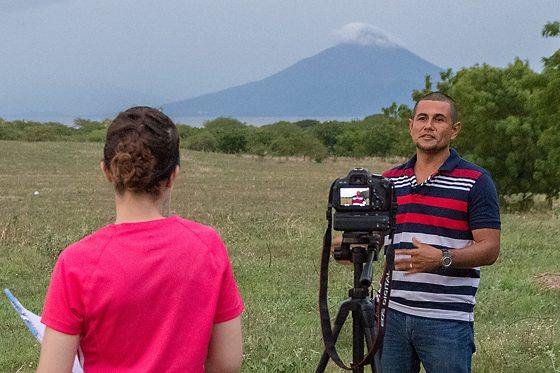
I realized that many I was teaching were not taking good notes, and my goal was for them to succeed. I started by posting some of my teaching assignments with examples in blogs.
Know How to Pitch Ideas (the Right Way)
Once you have been doing things for yourself and see how this has improved your life, it is much easier to pitch an idea to someone else. However, if you lack good work habits for yourself, what do you have to offer to someone else?
Smart people are full of ideas—but brilliant people also can sell those ideas to everyone else, sharing not only why the picture is a great one but how it will impact the team and business.
Don’t worry about perfection. Put your energy into taking action. It would help if you failed now and then. It is essential to try new things, be willing to learn and grow, and constantly strive to get to the next level, even if you make a mistake or two.
Successful people know exactly what they need to get their work done—and they’re not afraid to make it happen.
Questions for thought
–
- Did you make your bed today?
- Do you have an ongoing personal project?
- Do you have something on your calendar to do for your project?
- When was your last failure, and what did you learn from it?
- When was your last pitch to someone for an idea?
- What is your next idea pitch?


